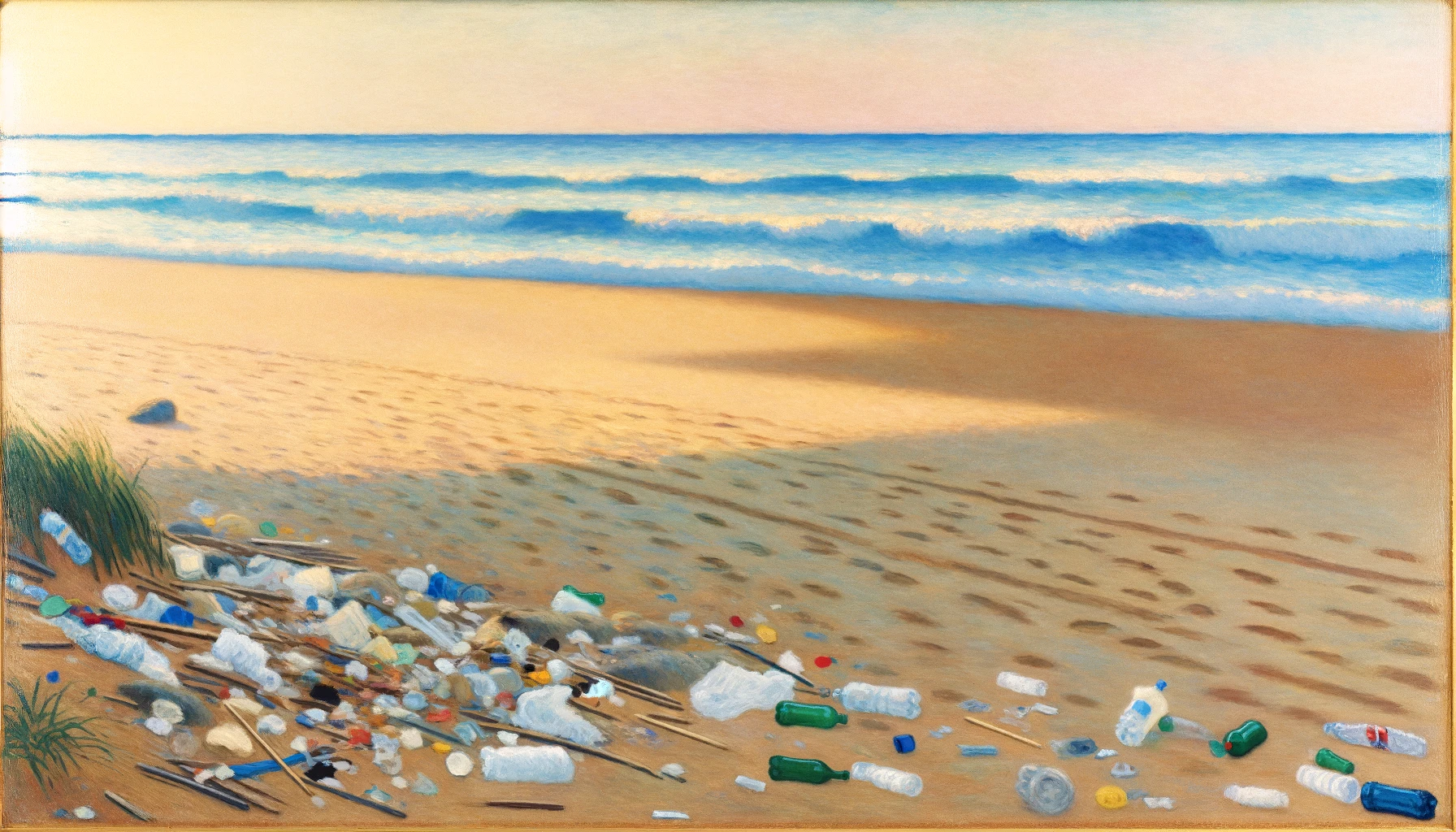Marine litter: insights from the Portuguese Coastline
A study authored by researchers from MAELSTROM’s partners CIIMAR and Deltares investigated the characteristics of marine litter on the Portuguese coasts, linking this data with socio-economic variables of the Portuguese municipalities. The work provided an updated and comprehensive framework that can support marine litter management strategies with a novel cluster technique that can be easily reproduced in other regions

Marine litter is an issue that we have extensively covered on MAELSTROM channels. In certain respects, it is widely recognized. Over time, research has accumulated extensive data on the dimensions, impacts, and dynamics characterizing this issue. However, marine litter represents a complex topic that must be thoroughly understood to develop effective strategies to address it.
In this light, a manuscript published in the Marine Pollution Bulletin by MAELSTROM partners from CIIMAR and Deltares is positioned. The main topic of the study is related to the characterization of the marine litter found on the Portuguese coasts (including the Azores archipelago) over the years, linking it with the socio-economic factors of the different regions, including population density, purchasing power, labour market, education, tourism, and environmental expenditures. To accomplish this objective, several databases were selected, including the EMODnet European network database, for marine litter, and official statistical databases (INE and Pordata) for the socio-economic data. A novel cluster analysis technique was applied to these data to identify patterns of association between the latter and the type and quantity of marine litter recorded.
After this analysis, a comprehensive overview of the Portuguese situation emerged. In line with many studies already conducted in various countries, plastic is the most present material on marine litter items, corresponding with more than 90% of the total litter found on the clean up campaigns. Other materials were also found (paper, wood, and metal), however with smaller percentages. Furthermore, among the “top three” most relevant types of litter, small plastic fragments, measuring up to 2.5 centimetres, claim the first position, followed by cigarette butts in second place, and larger fragments, up to 50 centimetres, securing the third spot.
But where does this litter come from? It is really difficult to establish a specific source for some litter items. In the case of the present study, almost half of the litter items cannot be attributed to a specific source. These small plastic fragments are challenging to trace back to their original larger items. For the litter that was effectively identified, the study’s authors were able to determine that a significant percentage (34.5%) comes from public waste, fishing activities (9.8%), wastewater (6.4%), and from shipping (2.2%).
The researchers also identified clusters, namely groups of municipalities that share similar patterns regarding the type and quantity of litter found on their beaches and the socio-economic factors evaluated. Seven clusters that aggregated several municipalities (two industrial, two tourist, plus fishing, islands, and metropolitan clusters) were identified, allowing for a better understanding of the factors influencing litter generation and accumulation in the respective areas. For example, the research revealed that the cluster of metropolitan municipalities, especially in the Lisbon area, is where the highest quantity of medium and large-sized plastics as well as cotton bud sticks were found. On the other hand, the tourist clusters, corresponding to the Faro city and the Algarve region in southern Portugal, were characterized by having more cigarette butts.
In general, the study’s results also highlighted the importance of the municipality expenditures dedicated to the environment to avoid beach litter, revealing that the clusters that had less expenditures on waste treatment are in general where greater quantities (and also types) of marine litter are recorded. However, when it comes to marine litter, various dynamics come into play, such as marine currents influencing circulation, or the population’s density. Thus different patterns could arise, for example, the one observed for the island cluster, where the litter found at the beaches is mostly generated in other locations, and the metropolitan cluster, where the municipality expenditures could not be enough to cover the population density of that regions.
This work demonstrated that even knowing that the beach litter data had some lack of information, the clustering technique selected for this analysis was robust enough to give some insights on the marine litter sources. This analysis provided an updated and comprehensive picture of the litter situation on the Portuguese coasts and its correlations with socio-economic variables. Furthermore, the outlined methodology can readily be extrapolated to other regions, underscoring the significance of this analysis. This contributes to a more comprehensive understanding and offers substantial advantages in formulating effective marine litter management strategies.